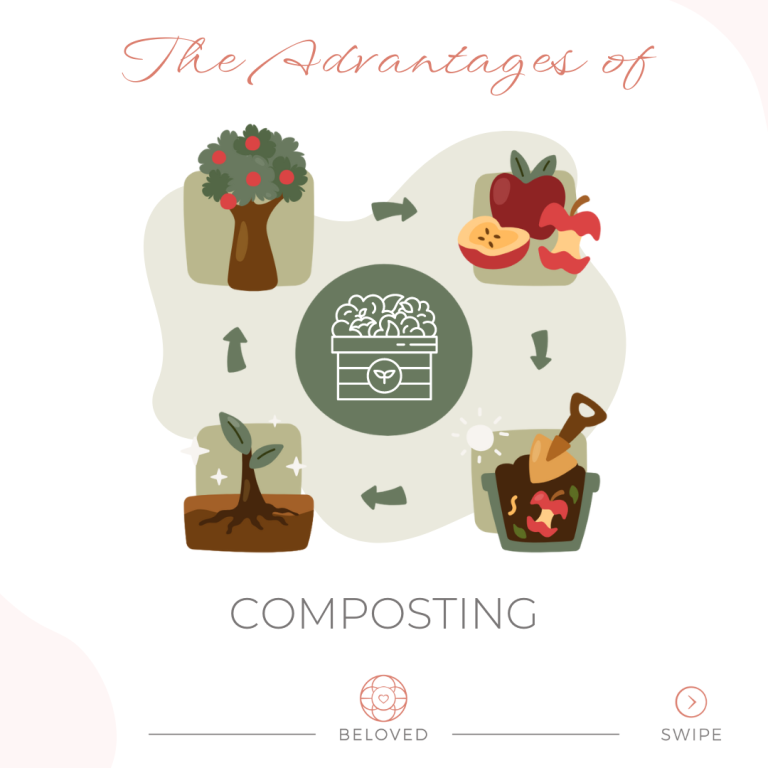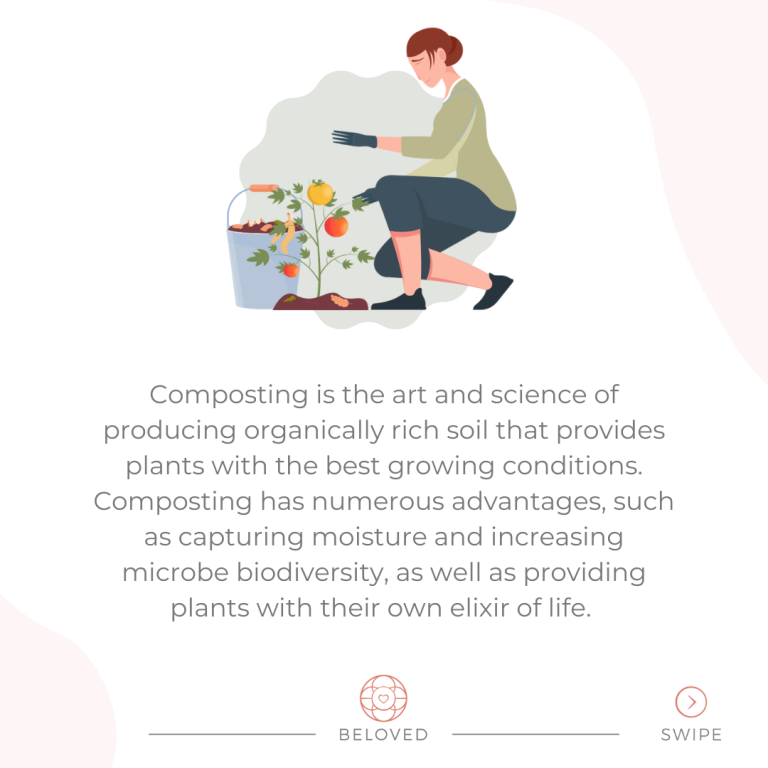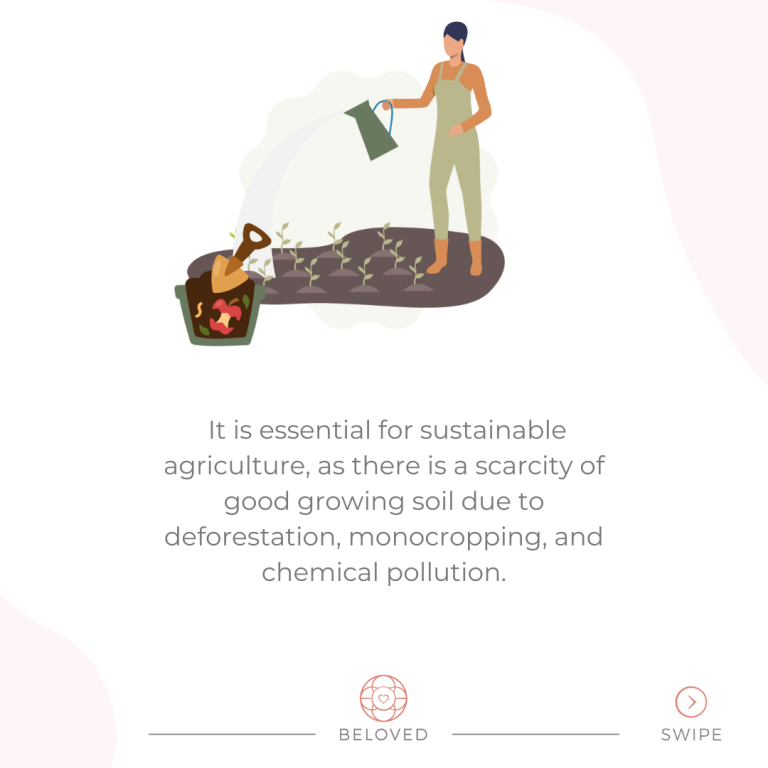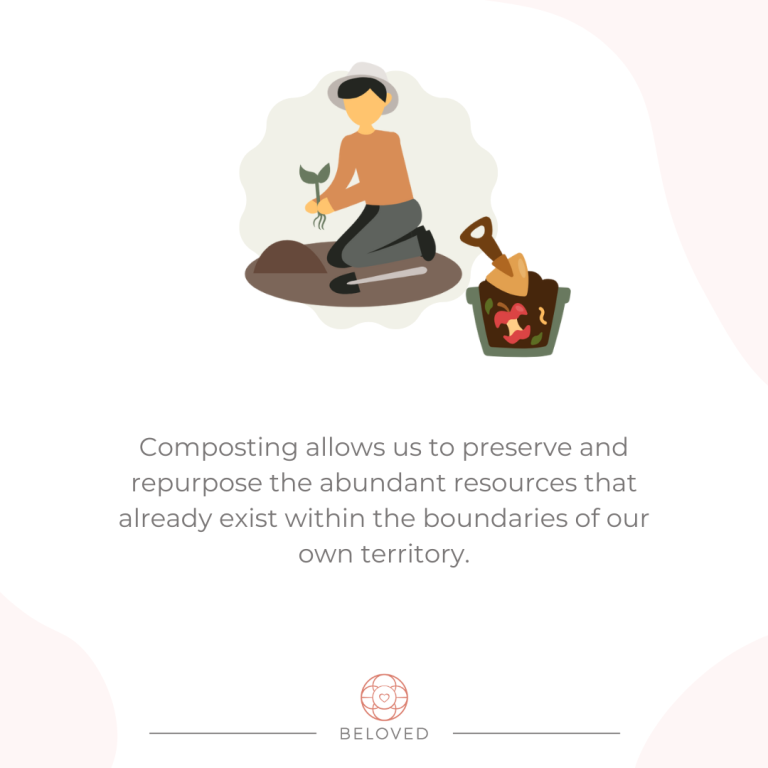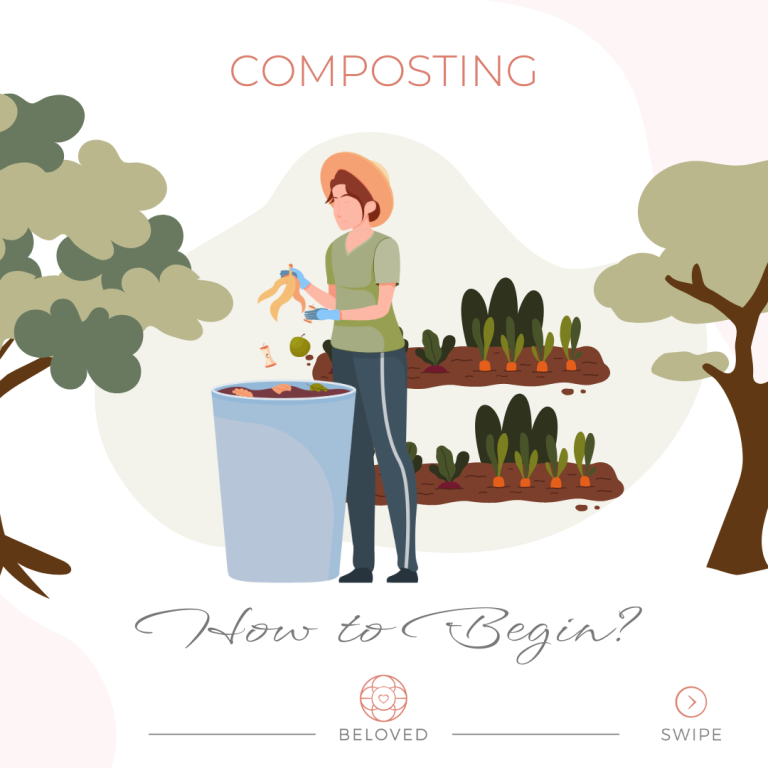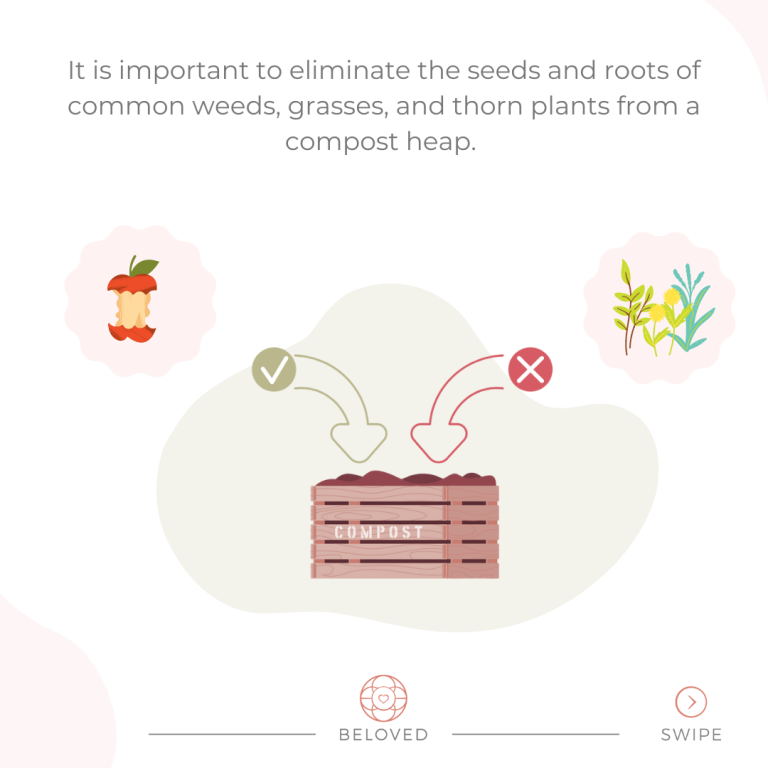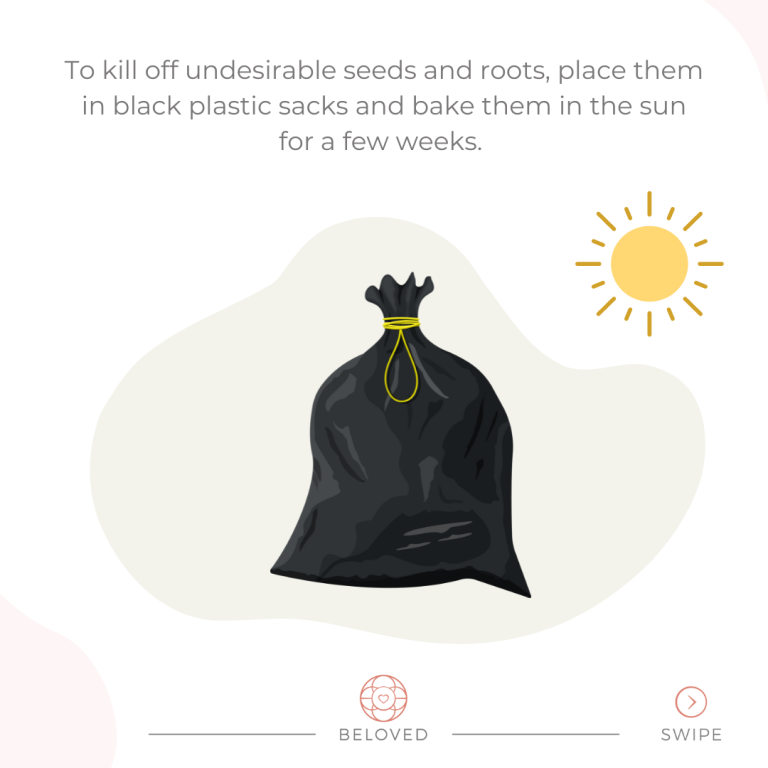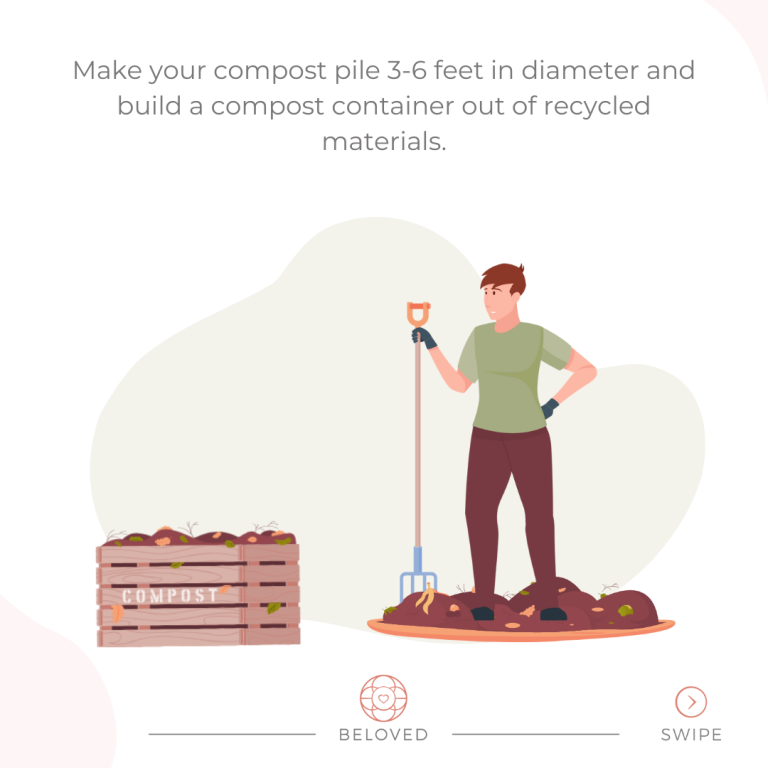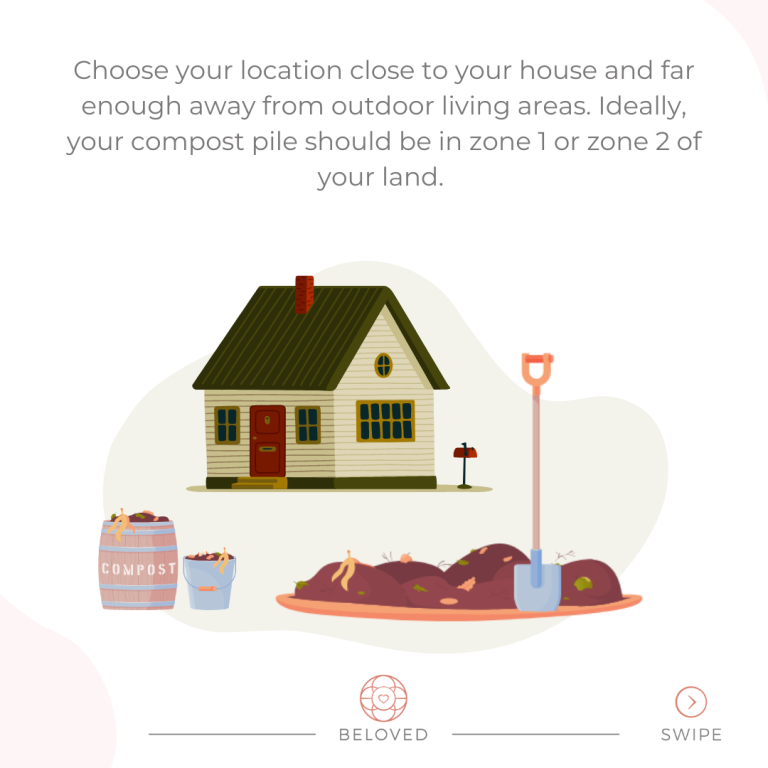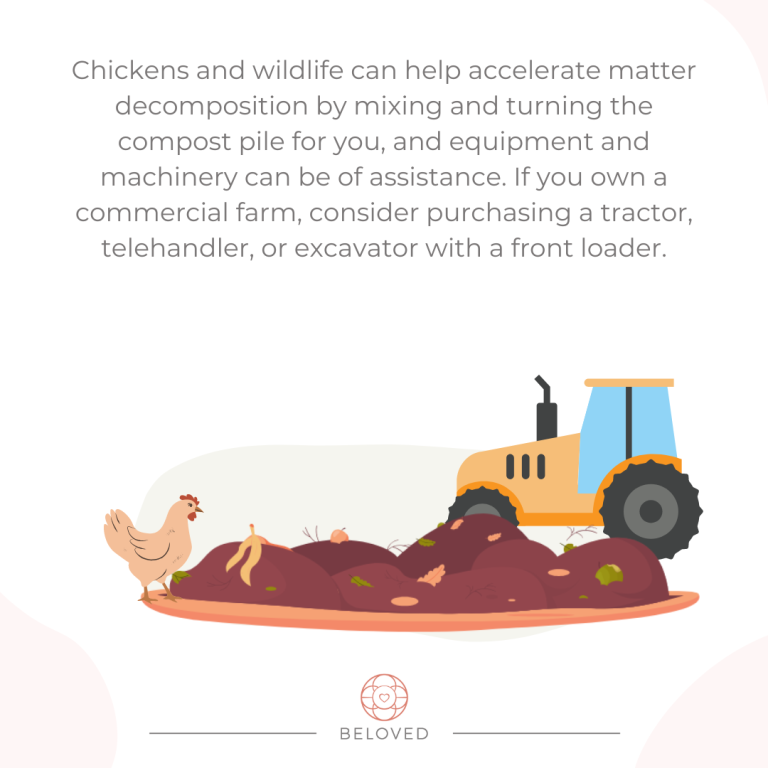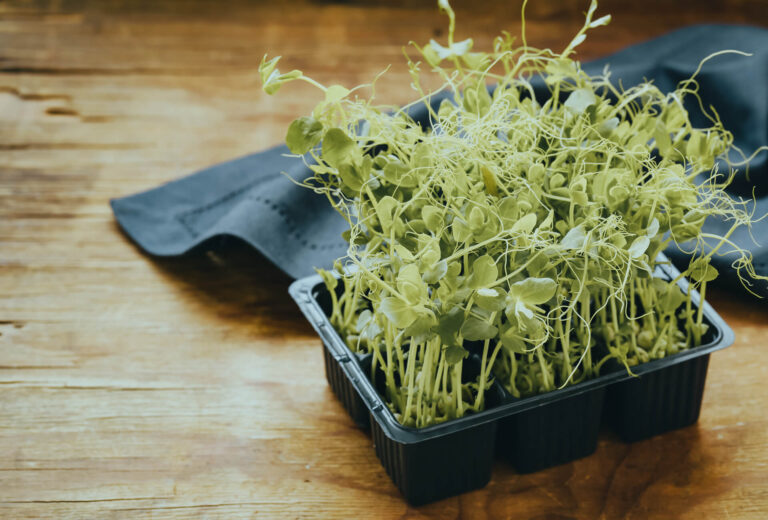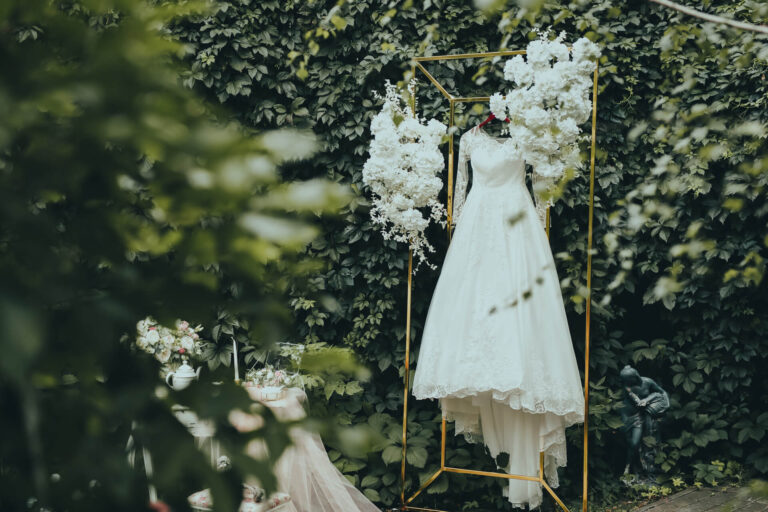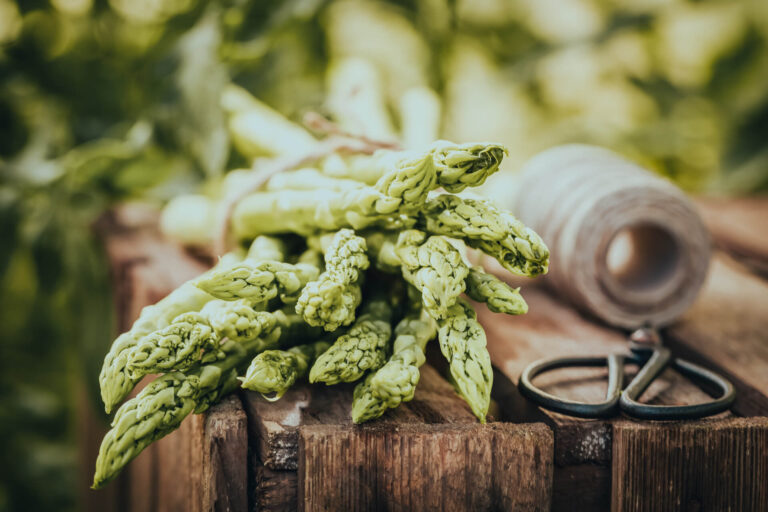Unlocking the secrets of quality soil and composting
- Our Sustainable Farm (OSF)
What Are The Benefits Of Composting And How To Get Started
We’ve all heard about composting, but what many of us may not know is why it’s so important. Did you know that there is a shortage of quality growing soil? You see, plants require a unique growing medium in which to thrive. They need a whole list of vitamins and minerals, much the same way that we as humans do.
With rampant deforestation, monocropping, and chemical pollution, good soil is becoming harder to find and more expensive to buy. Fortunately, we could make our own soil, with the right knowledge.
The whole purpose of growing our own produce is to save money, control what goes into the manufacture of our food, and maximize the resources we already possess. So, with this in mind, let’s talk about how we can make our own quality soil and become more aligned with sustainable agriculture.
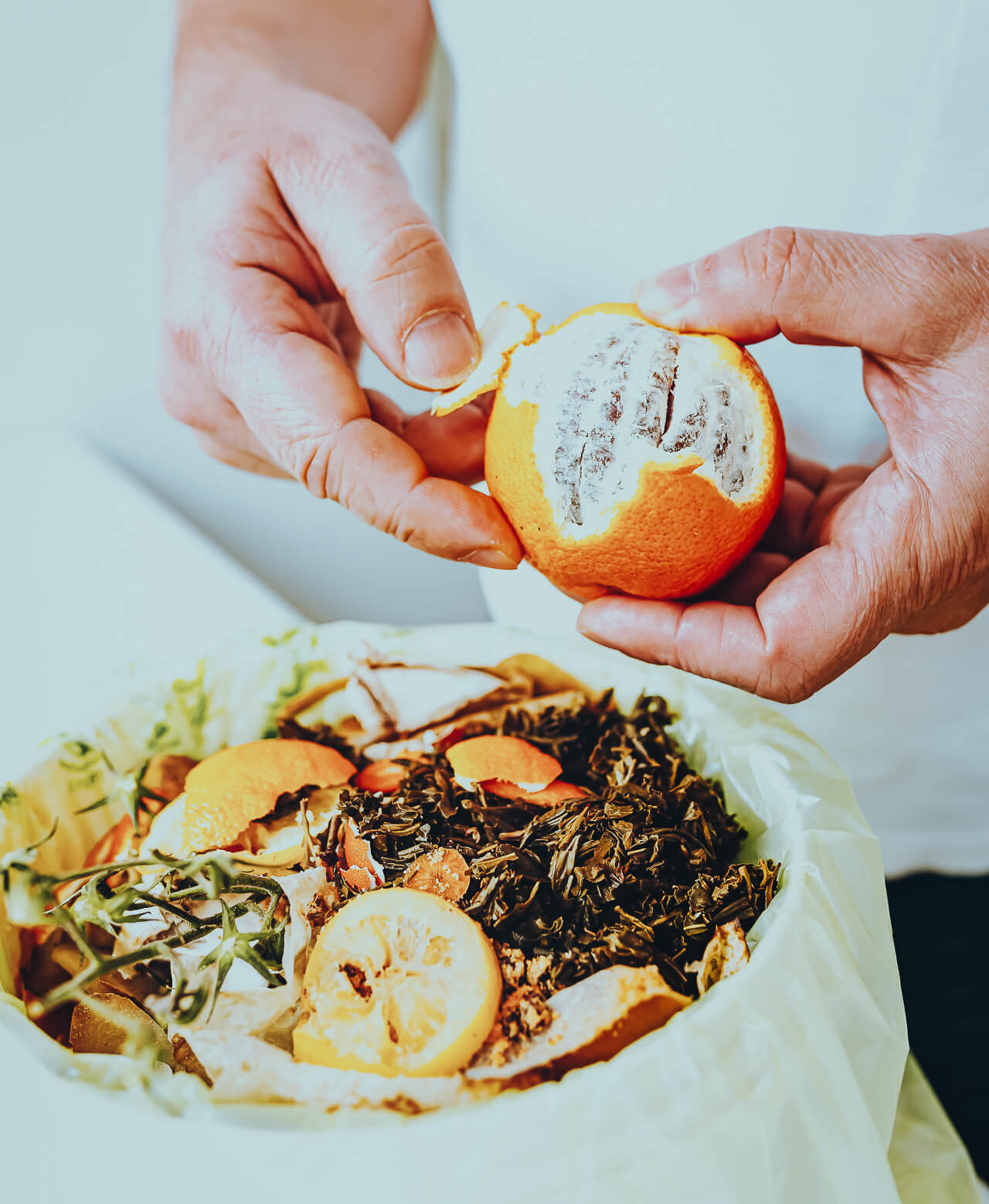
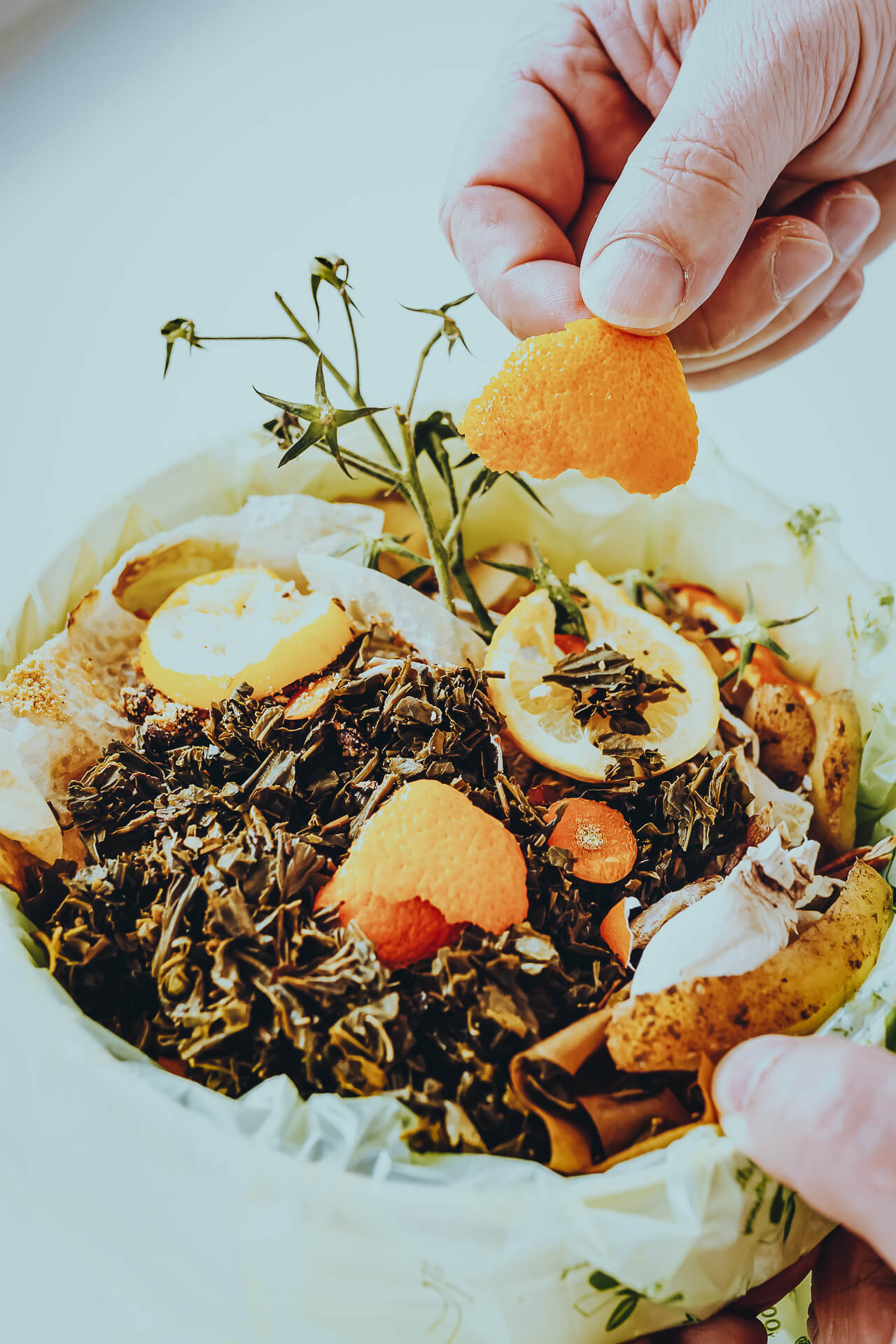
What Is Composting?
Composting is the art and science of creating organically rich soil, which provides the most optimal growing conditions for plants. Essentially, it involves intentionally guiding the breakdown and decomposition of organic matter over time, until it becomes a nutrient-dense and usable soil.
What composting enables us to do is keep and repurpose the plentiful resources already inherent within the boundaries of our own land.
Sadly though, many people in Western society do not understand the value of these free resources. For example, in the fall we often rake up our leaves, branches, and other valuable yard elements. After this, we gather the yard waste into bags, and set it out on the curb for trash pickup. Later, when spring arrives, we head out to our local garden center and buy bags of fresh compost mound for our garden.
This silly and wasteful habit likely stems from an ingrained cultural obsession with perfectly manicured lawns. At the very least, we have a desire to conform with cultural norms, as our neighbors might look at us sideways if we fail to rake up all those autumn leaves in our yard, and perpetually maintain a spotless carpet of green. Our modern practice of discarding plant waste is anchored in ignorance. Nobody stops to think about where soil comes from or how illogical it is to throw out our yard’s waste.

Gold In Black
Have you ever noticed that the soil of a wild forest is rich, moist, and black? This is because the trees living there are permitted to continually rain down leaves, branches, and twigs onto the forest floor. No one comes by to rake up this “mess” made by the trees. Squirrels, birds, and other tree-dwelling animals also make frequent contributions, by way of their droppings.
In fact, everything in the forest collaborates in the natural building of soil. From fungi to ground cover to shrubbery, a diversity of nutrients is allowed to collect upon the forest floor. The end result is an ideal soil composition for growing plants.
We would do well to let nature be our teacher, as all these constituents do this harmoniously. Layer by layer and from season to season, the forest regularly adds fresh layers of mulch, which compost in place. We too can compost this way. In permaculture, we call this compost method ‘Sheet Mulching’.
As farmers or producers of our own food, we too want to keep all of this natural fertility on-site and use it for the nourishing of our own plants. It is essentially free fertilizer!
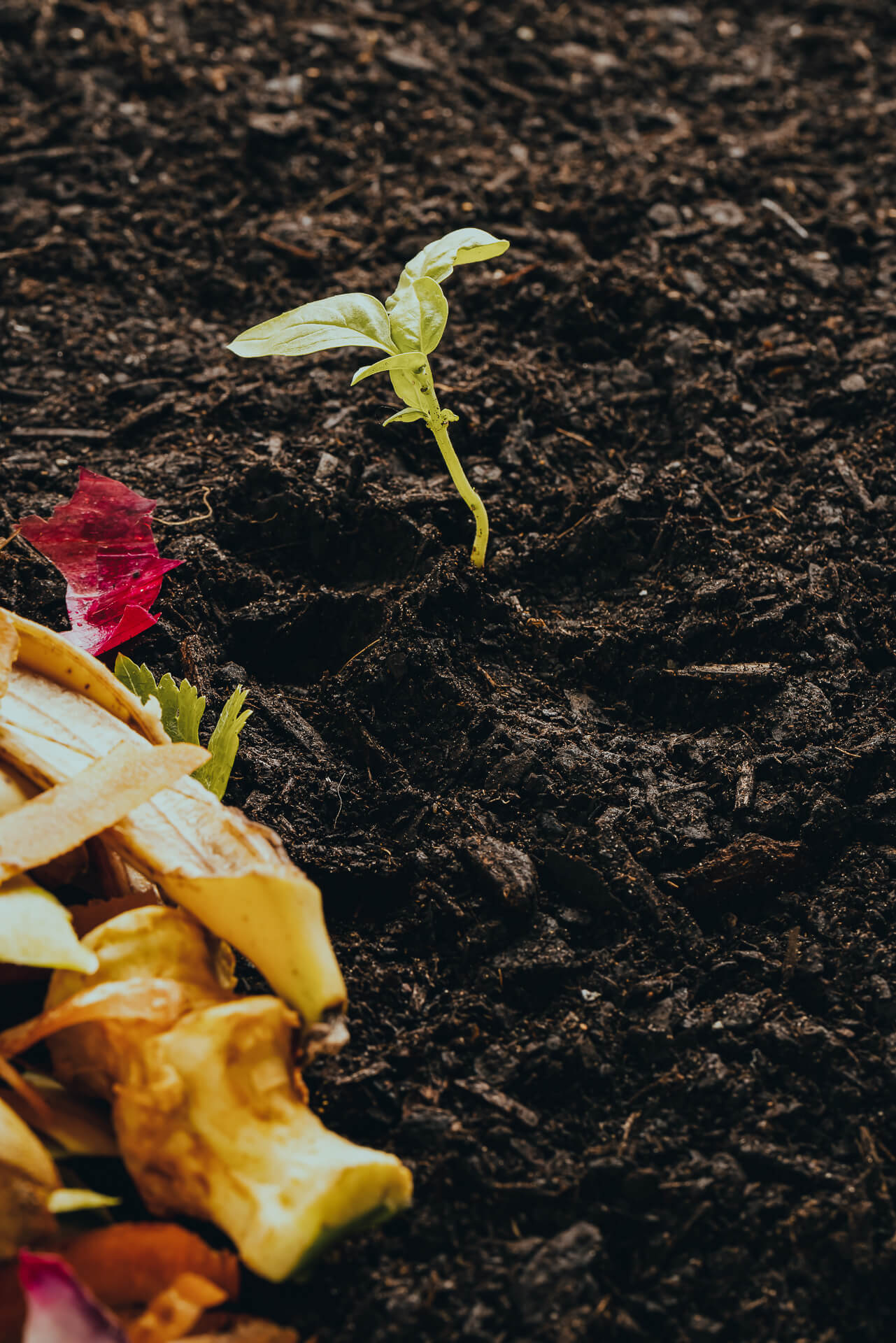

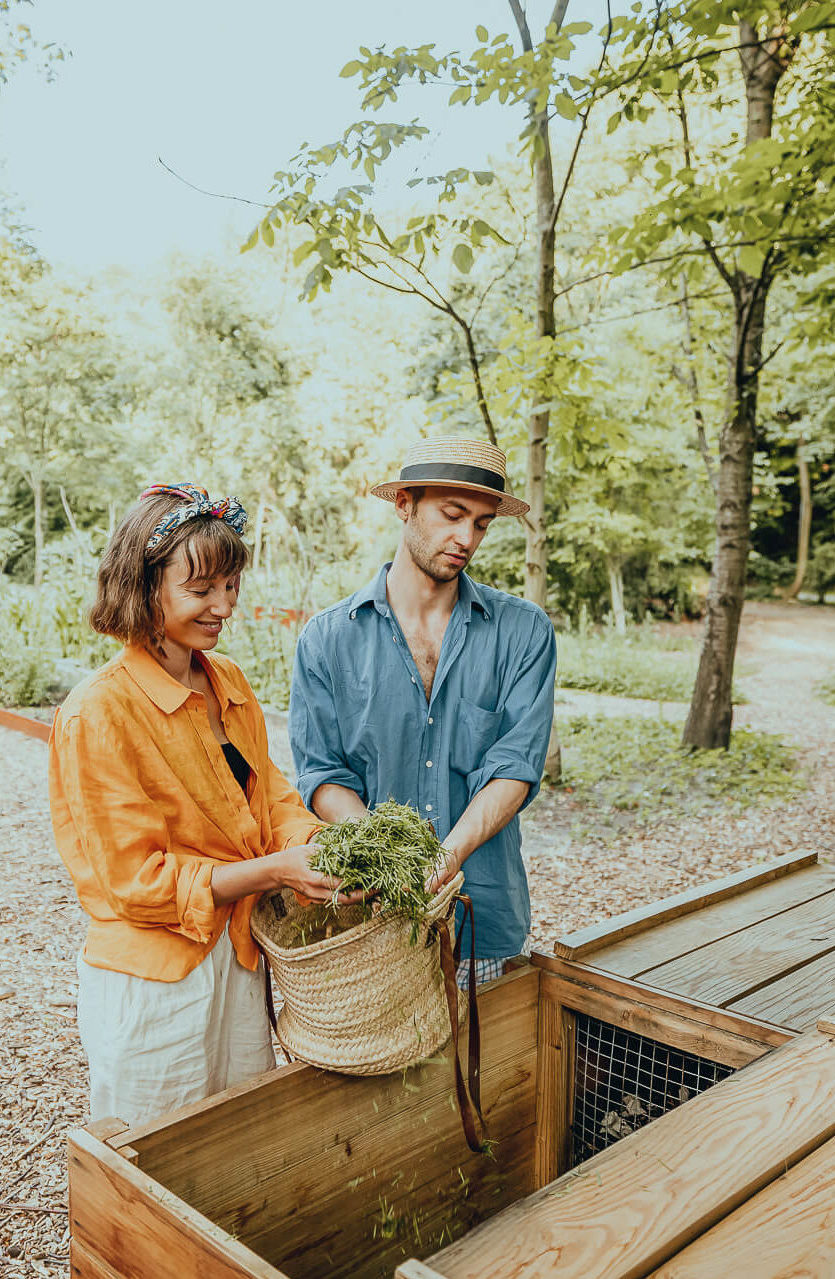
Creating a Compost Pile
Besides sheet mulching, another popular way to compost involves gathering organic matter into a large pile or series of piles. When organic matter is gathered into a large heap, it begins to heat up and decompose.
So, what should go into a compost pile? Well, let’s examine the following list.
- Crushed Eggshells
- Banana Peels
- Coffee Grounds
- Vegetable and Fruit Scraps
- Spoiled Leftovers
- Animal Fat and Bones
- Natural Food Packaging
- Freshly Cut Compost Crops: Plants Grown for the Purpose of Adding to a Compost Pile
- Leaves and Brush
- Fire Ash
- Sticks and Branches
- Grass Clippings
- Weeds
- Chicken and Rabbit Droppings
- Ruminant Animals: Dung from Sheep, Cows, and Goats
- Natural Cardboard
- Undyed, Minimally Processed Paper
- Toilet Paper Rolls
When considering the ingredients listed above, keep in mind that organic scraps will always provide a superior soil. We want to keep pesticide residues and commercial chemicals out of our compost pile.
Also, a wealth of additional compost material can be gained from friends, neighbors, and even local businesses. Coffee shops, tree trimmers, and landscapers are great companies to contact for this purpose.

Weed and Grass Seeds
When dealing with common weeds, grass, or thorn plants, it’s important to destroy the seeds and roots. Now a good compost heap will often get warm enough to kill these seeds, but it’s best to be sure.
You can use a compost thermometer to test the internal temperature of your pile. Compost temperatures vary between 141° F to 155° F (61° C to 69° C), but an internal temperature of 145° F (63°C) is ideal. Also, the larger the pile, the hotter it can get.
However, it should be noted that some noxious seeds can survive up to 160° F (71° C). Therefore, to kill off undesirable seeds and roots you can store them in black plastic bags and let them bake in the sun for a few weeks. Nevertheless, if you’ve come across particularly disagreeable seeds, and you don’t want to take the risk, it may be best to burn or discard them outright.
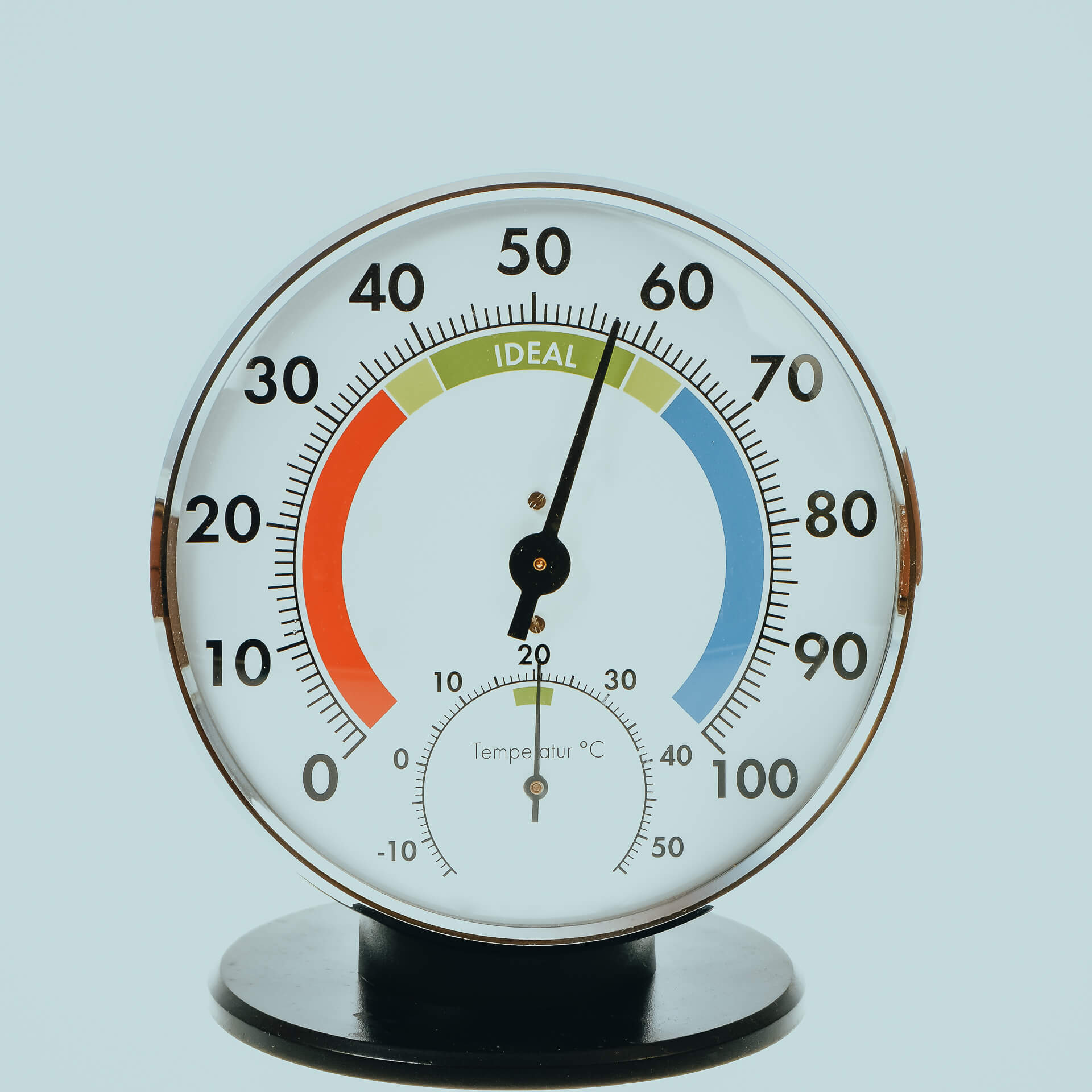
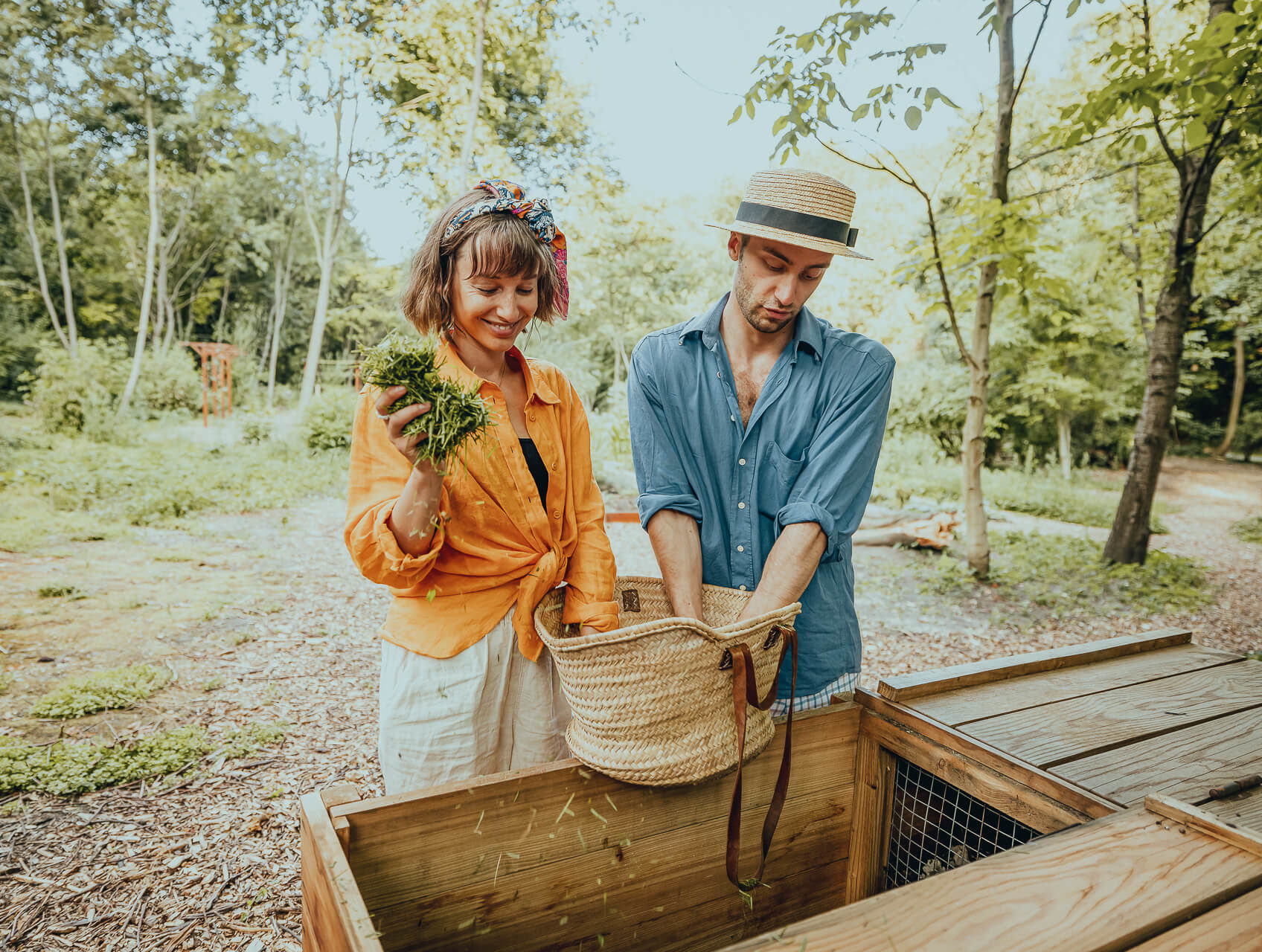
Designing Your Compost Pile
Even though nature makes it look easy, a lot can go into creating quality soil from scratch. So, let’s consider a few options.
For the most part, people aim for a pile that is between 3 to 6 feet in diameter, but ultimately the size will depend upon what your garden or farm needs to thrive.
You can also use recycled materials, like wood pallets, to construct a container to house your compost. Alternatively, you can build a more lavish container to hold and conceal your compost. It’s really up to your personal preference.

Designate Your Location
ou want your compost pile to be close enough to the house so that you’ll use it regularly, but also far enough away that any smell or drawn insects won’t affect your outdoor living areas.
With this in mind, keep your compost pile relatively far away from patios, decks, firepits, or other outdoor sitting areas. Similarly, you may also want to place it in a location where it won’t block or intrude upon scenic views. To facilitate this, your compost pile(s) can be placed on the side of a shed or garage that faces away from the main house.
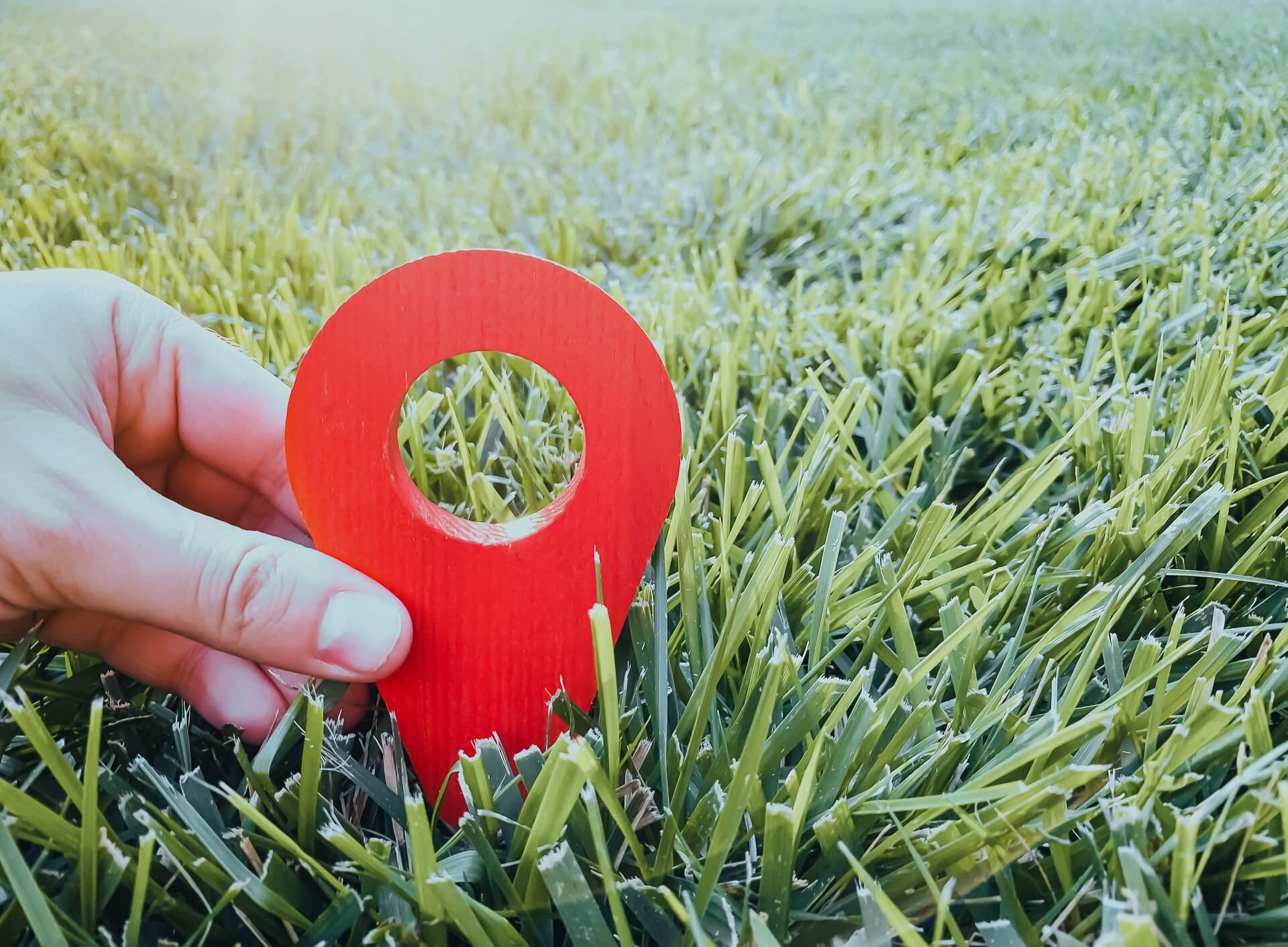

Composting in Stages
There are a couple of ways you can organize your compost. Some people like to have one large pile of compost that they mix and blend often. To me, this takes more work than is necessary.
I prefer to have a progression of compost. What I mean by this is, I like to have multiple compost bins where each one is at a later stage of decomposition than the one before it. In this way, I have a visual stratification of how far along in the process my soil is coming.
This first compost pile is perfect for new material. Fresh kitchen scraps and yard waste can go right into this pile.
This pile has been shoveled from the first bin, mixed a bit, and is farther along in the decomposition process. However, it’s not yet suitable for use in the garden. There are still large chunks of unprocessed matter.
Compost from pile two has been mixed in. At this stage, my compost is beginning to resemble rich black soil. I allow this pile to break down further. I may add in more leaves, manure, or other materials that break down quickly.
This section is for conditioned soil I wish to use for various garden or agricultural purposes. In this pile, you can mix in worm castings, peat moss, pulverized tree bark, lime, etc. What you add will depend upon your soil’s pH and its overall composition. It’s a good idea to test your soil regularly to see what amendments need to be added.

Maintaining Your Compost Pile(s)
You’ll want to turn and mix your compost every couple of weeks to make sure it is breaking down evenly. Turning your compost will help oxygenate the soil, facilitate hot internal temperatures and also expedite the decomposition process.
In most cases, there is no need to cover your compost pile, as regular moisture helps to facilitate the breakdown of organic matter. Just be sure to locate your compost bin(s) over well-draining soil. You don’t want your compost sitting in water.
An open compost bin is also good for drawing bugs, fungi, beneficial bacteria, and numerous other helpful microbes that assist with the process.
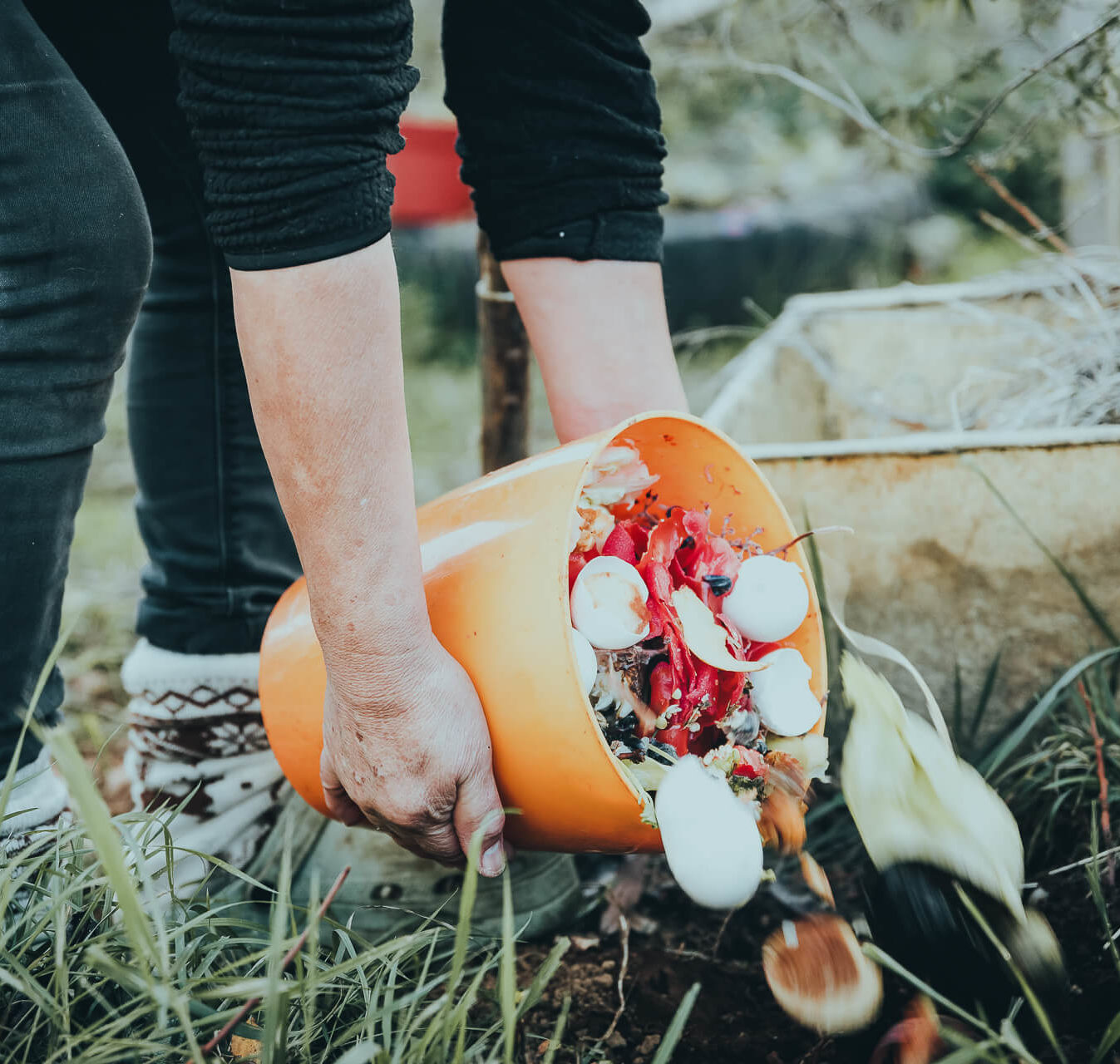
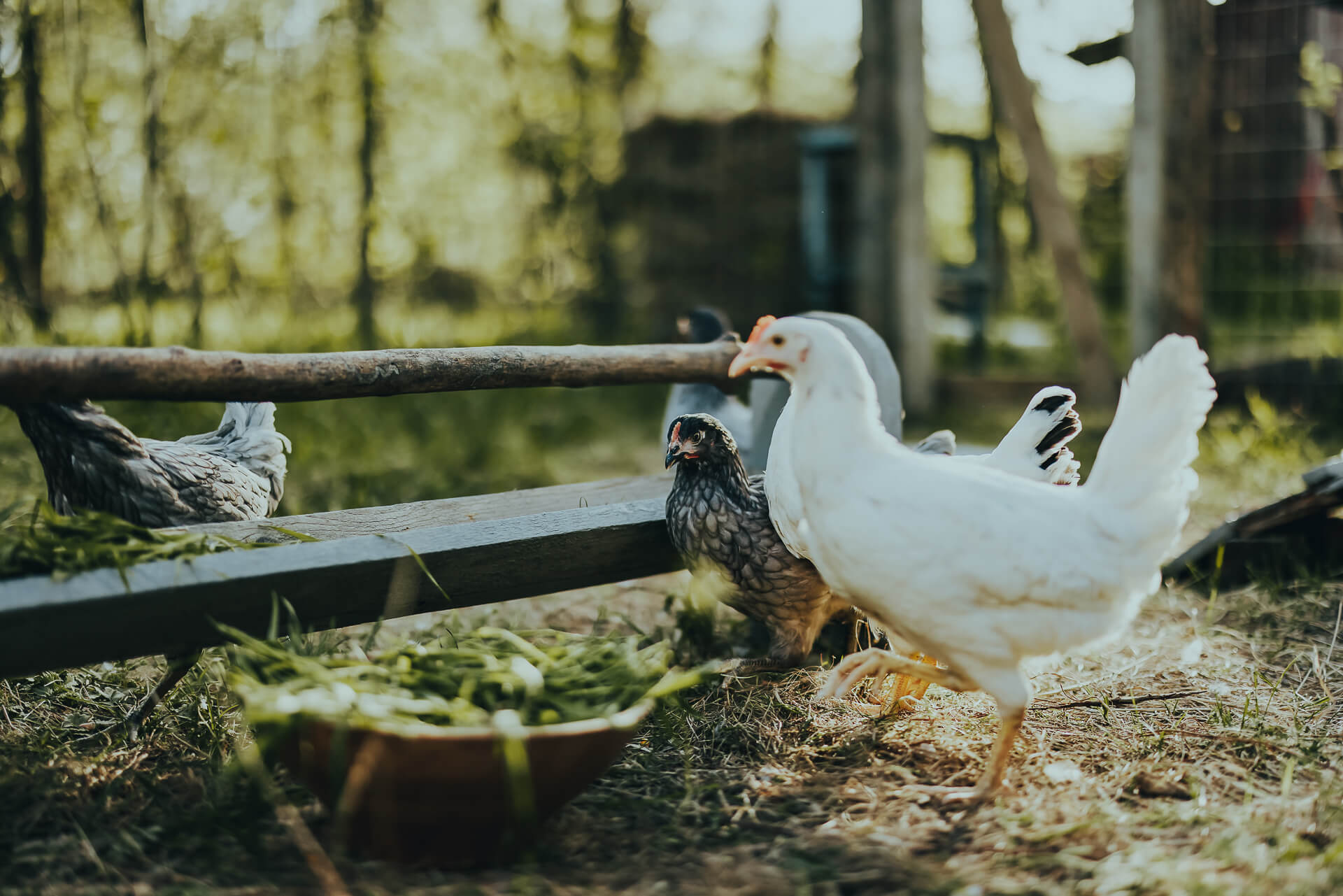
Utilize the Help of Chickens and Wildlife
Chickens adore compost piles. You can actually provide a great amount of nutritious food for chickens by allowing them to rummage around the compost pile.
Additionally, chickens will help accelerate the breakdown of matter, as they mix and turn the compost pile for you, so you don’t have to. Chickens will also fertilize the compost mixture.

Helpful Equipment and Machinery
For larger compost piles, you may want to employ the use of equipment and machinery to make the job easier.
If you are a commercial farmer, you’ll likely want to invest in a tractor (with the appropriate attachments like a backhoe), a telehandler, or an excavator with a front loader. This will make large-scale composting more manageable.
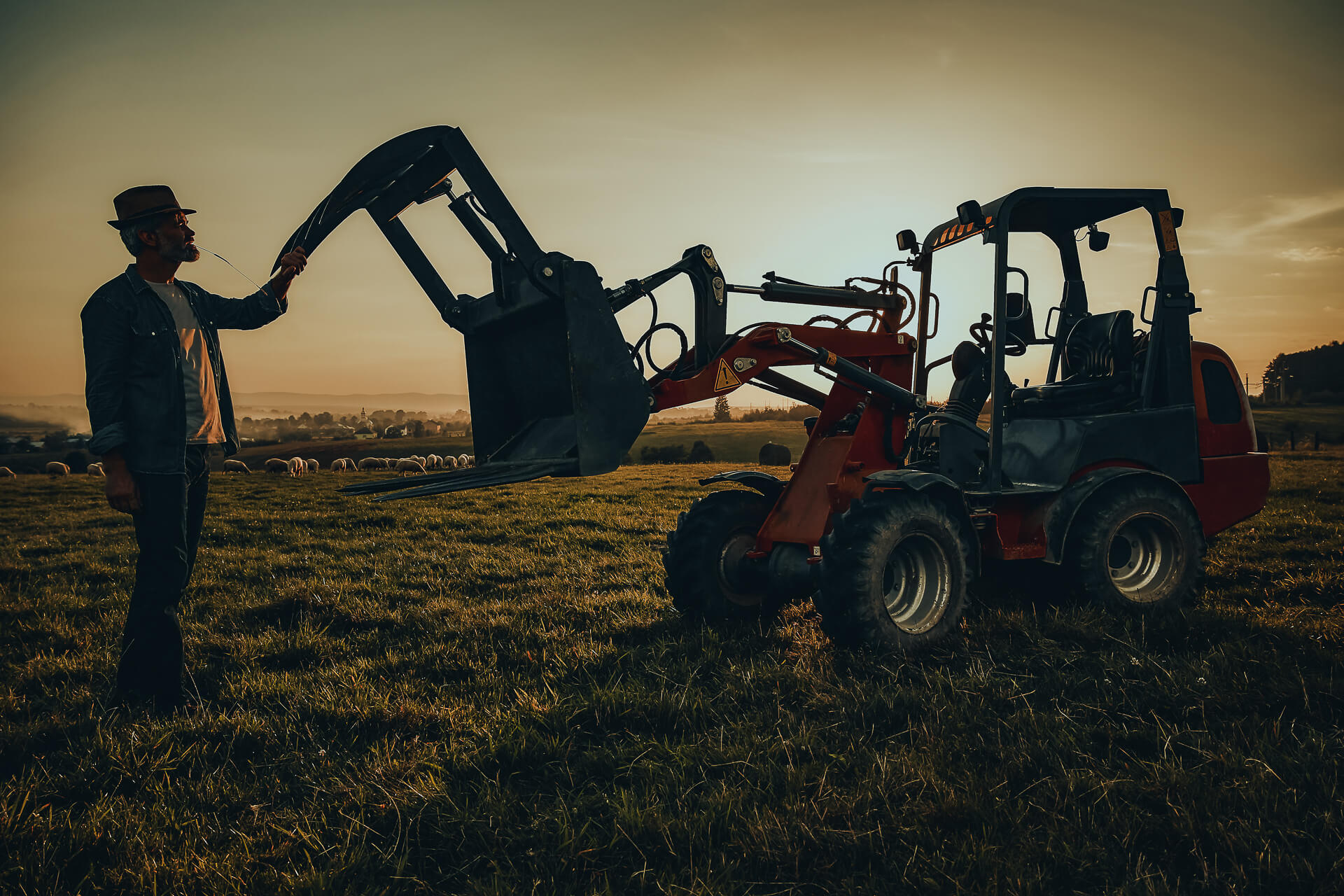
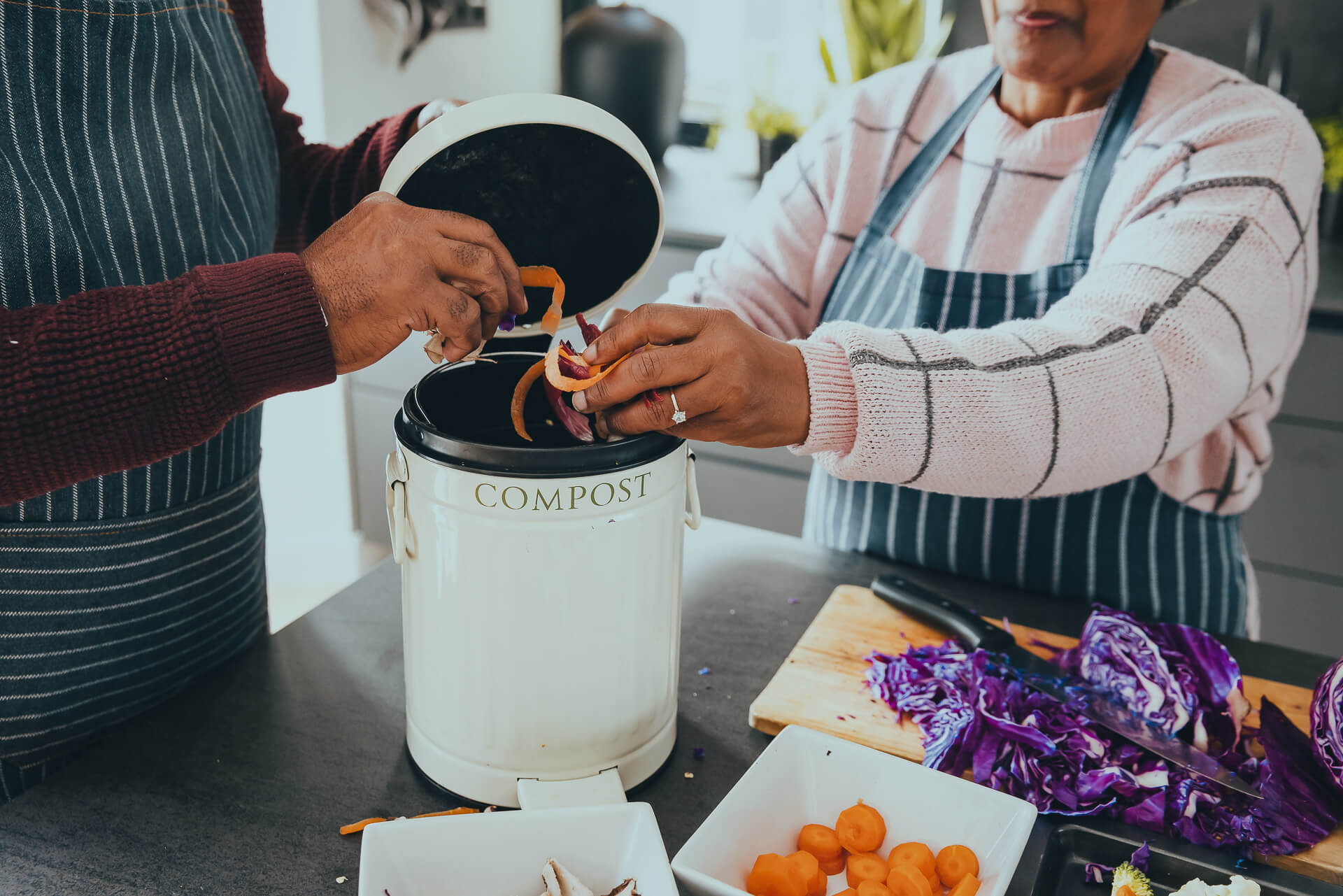
Conclusion
The benefits of composting are numerous. Not only does the organic matter in compost-rich soil facilitate moisture capture and increase microbe biodiversity, but it essentially provides plants with their very own expertly mixed elixir of life. Therefore, regularly adding compost to your plant beds will ensure they reach their fullest potential.

Summary
Composting is the art and science of creating organically rich soil, which provides optimal growing conditions for plants. It involves intentionally guiding the breakdown and decomposition of organic matter over time, until it becomes a nutrient-dense and usable soil. Composting enables us to keep and repurpose the plentiful resources already inherent within the boundaries of our own land, but many people in Western society do not understand the value of these free resources. The soil of a wild forest is rich, moist, and black due to the trees being allowed to rain down leaves, branches, and twigs. Squirrels, birds, and other tree-dwelling animals also contribute to the natural building of soil.
In permaculture, we call this compost method ‘Sheet Mulching’. As farmers or producers of our own food, we should keep all of this natural fertility on-site and use it for the nourishing of our own plants. Organic matter should go into a compost pile, such as crushed eggshells, banana peels, coffee grounds, vegetable and fruit scraps, spoiled leftovers, animal fat and bones, and natural food packaging. The most important details are that organic scraps will always provide a superior soil, and that compost material can be gained from friends, neighbors, and local businesses. When dealing with common weeds, grass, or thorn plants, it is important to destroy the seeds and roots.

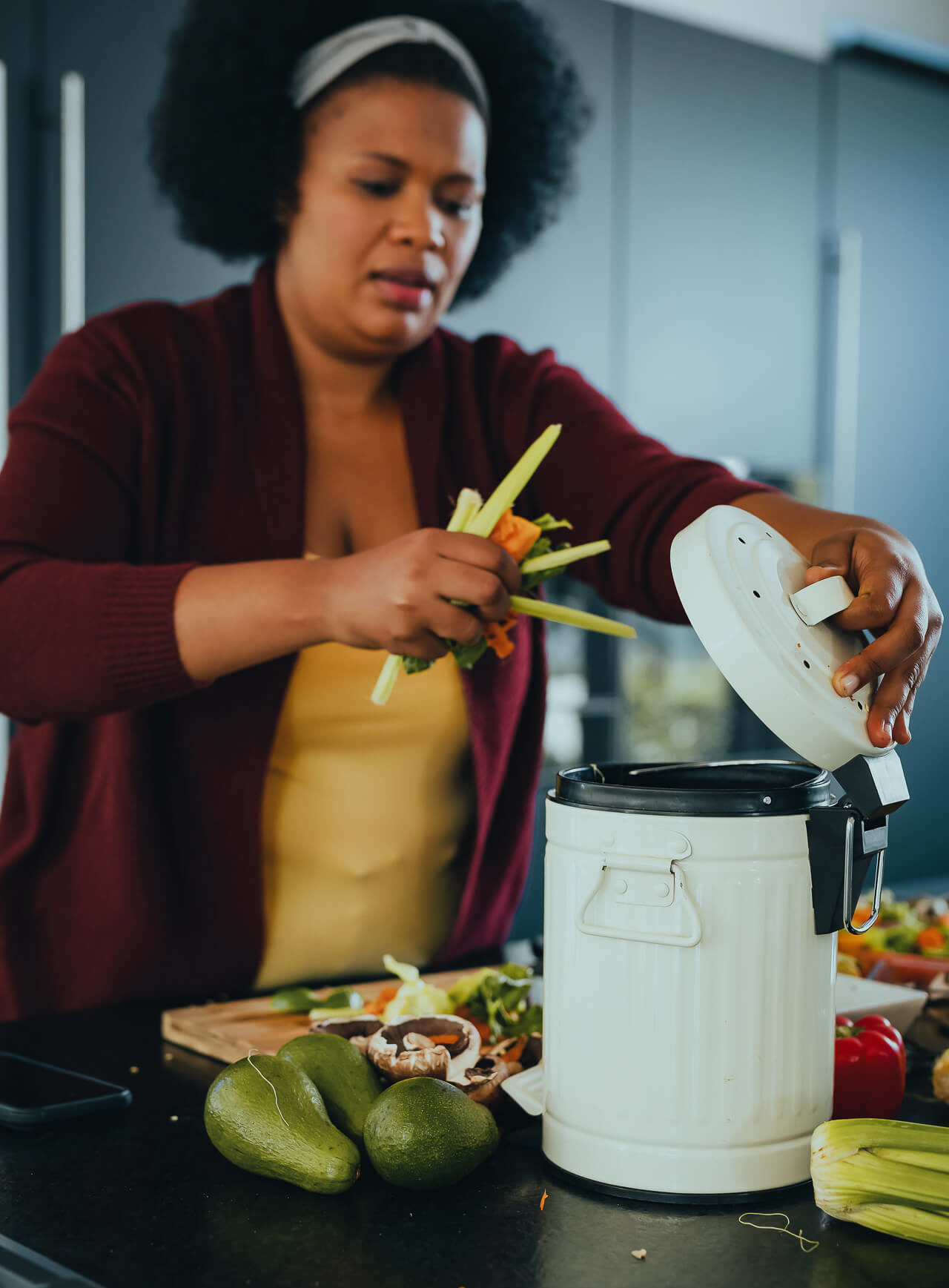
Compost temperatures vary between 141° F to 155° F (61° C to 69° C), but an internal temperature of 145° F (63°C) is ideal. Additionally, some noxious seeds can survive up to 160° F (71° C). To kill off undesirable seeds and roots, it is best to burn or discard them outright. To design a compost pile, people aim for a pile that is between 3 to 6 feet in diameter, but ultimately the size will depend upon what your garden or farm needs to thrive. Recycled materials, like wood pallets, can be used to construct a container to house compost, or a more lavish container to hold and conceal it.
Place your compost pile in a location where it won’t block or intrude upon scenic views, preferably on the side of a shed or garage that faces away from the main house. There are two ways to organize your compost: one large pile of compost that is mixed and blended often, and a progression of compost bins where each one is at a later stage of decomposition than the one before it. Turn and mix your compost every couple of weeks to make sure it is breaking down evenly and to help oxygenate the soil. Composting is an important part of sustainable gardening and farming, as it helps to facilitate the breakdown of organic matter and draw beneficial microbes. It also provides plants with their own expertly mixed elixir of life and can be done with the help of chickens and wildlife.
For larger compost piles, it is important to invest in equipment and machinery to make the job easier, such as a tractor, telehandler, or excavator. The benefits of composting are numerous, such as moisture capture and increased microbe biodiversity, and regularly adding compost to plant beds will ensure they reach their fullest potential.


